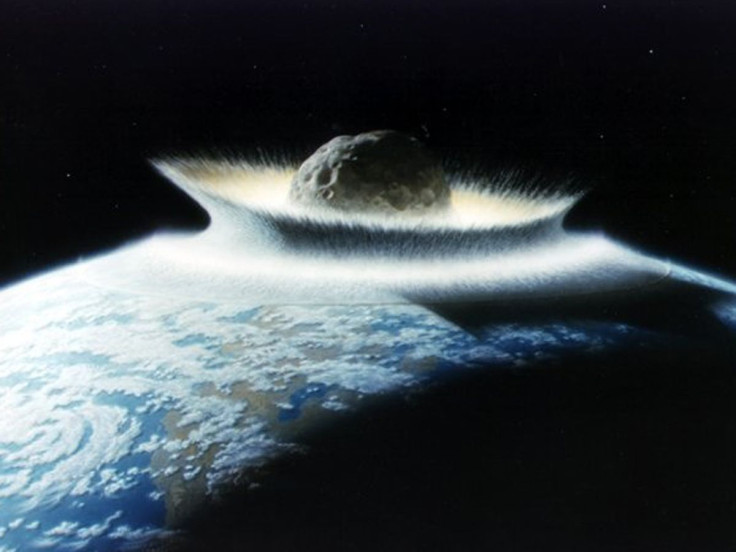Ancient Asteroid Impacts Roasted Microorganisms On Contact; Charcoal May Reveal Clues About Events: Study
KEY POINTS
- A research team investigated four crater sites in Estonia, Poland and Canada
- The craters are small impact ones that are not more than 656 feet in diameter
- The charcoal found at the crater site was of roasted microbes
A recent study of crater sites has revealed charcoal deposition present on a crater surface, noting that the charcoal is nothing but the micro-organisms that have been roasted by an asteroid impact.
The study, published in the journal Geology, investigated four crater sites in Estonia, Poland and Canada. Lead author Anna Losiak from the Institute of Geological Sciences at the Polish Academy of Sciences said that the charcoal "was formed from organisms killed, grilled and buried by the asteroid," Space.com reported.
The said study will help deepen our knowledge of asteroid impact and mitigation.
"This study improves our understanding of environmental effects of small impact crater formation," Losiak explained, adding that for future collisions, "we will be able to more precisely determine the size and type of evacuation zone necessary."
The charcoal discovered at the crater site differed from the charcoal produced by the burning of wood from the wildfires. This revelation discarded the team's initial hypothesis.
The initial assumption of the research team was that the charcoal's formation resulted from wildfires that took place right before the impact.
"At first, we thought this charcoal was formed by wildfires that occurred shortly before the impact, and charcoal just got tangled in this extraterrestrial situation," Losiak recalled. "But later, I found similar charcoal in other impact craters, and started to think that something was not right with this hypothesis."
It was difficult for the team to comprehend how numerous wildfires could occur across geographically isolated crater areas and within a span of thousands of years.
"It made no sense, so we decided to investigate further and analyze properties of charcoal pieces found intermixed within material ejected from craters, and compare it with wildfire charcoal," Losiak continued.
Upon inspection, it was found that the wildfires played no role in the formation of the impact charcoal and that it was "much more homogeneous and points to a lower temperature of formation," according to the lead author.
Most hype around craters is regarding the extent of damage that they cause.
"Most people are interested in gigantic collisions because those are capable of causing planet-scale damage — the diminishment of dinosaurs is the best, and so far the only, example of this kind of event," she said further.
But Losiak has a different objective. The craters she studies are small impact ones that are not more than 656 feet in diameter and occur about every 200 years.
The research team's next set of target craters is in Argentina, in a region called Campo del Cielo. It will start its work in late September.
"We will collect more data and samples, and hopefully we will be able to find more organisms killed by the asteroids," Losiak said.

© Copyright IBTimes 2024. All rights reserved.





















